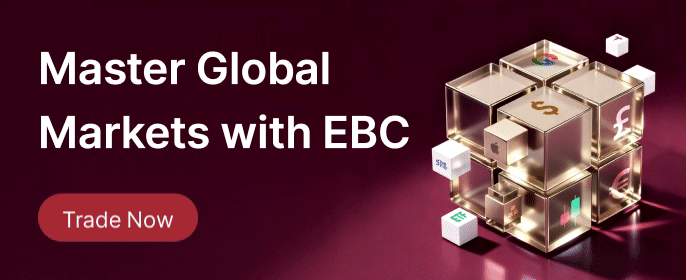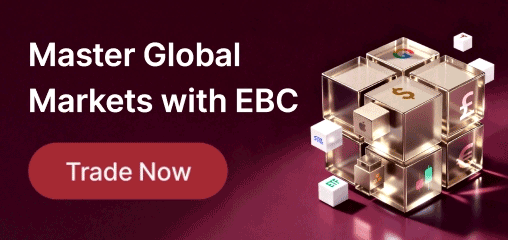Forex margin trading is a leveraged trading method that allows investors to participate in the forex market with smaller amounts of funds. The principle is that investors only need to pay a small amount of funds as margin to leverage larger trades.
In trading, investors only need to pay a certain margin to conduct 100% of the transaction, allowing those with small amounts of funds to participate.

Forex trading in the financial market, according to the level of developed countries abroad, generally maintains a financing ratio of 10–20 times or more. In other words, if the financing ratio is 20 times, investors only need to pay a margin of around 5% to engage in forex trading. Investors only need to pay $5000 to conduct a forex transaction of $100,000.
For example, investor A conducts forex margin trading with a margin ratio of 1%. If the investor expects the yen to rise, they will actually invest $100,000. A deposit of 1% can purchase Japanese yen with a contract value of 10 million US dollars. If the exchange rate of the yuan against the US dollar rises by 1% on that day, investors can profit by 100,000 yuan, and the actual yield reaches 100%. But if the yen drops by 1%, investors will lose all their capital. Generally, when investors' losses exceed a certain amount, traders have the right to stop the loss mechanism.
Forex margin trading has the following characteristics:
1. Leverage effect: Forex margin trading amplifies investment returns and risks by borrowing funds. Investors only need to pay a small portion of the margin to control larger transactions, thereby increasing potential investment returns. However, leveraged trading also increases the risk of losses, as any price fluctuations may lead to greater losses.
2. High liquidity: The forex market is one of the largest and most active financial markets in the world, with an average daily trading volume of trillions of dollars. This makes the forex margin trading market highly liquid, allowing investors to quickly enter and exit trading by buying and selling currency pairs at any time. This provides investors with more flexible trading opportunities.
3. 24-hour trading: The forex market is a global market with trading activities in different time zones. Therefore, the forex margin trading market is open 24/7, and investors can trade according to their own needs at any time. This allows investors to make timely trading decisions based on market changes and important news events.
4. Low transaction costs: Compared to other financial markets, forex margin trading usually has lower transaction costs. The transaction fee is relatively low, and profits are generally obtained through the difference between the buying and selling prices. This lower cost allows investors to trade more efficiently, reducing the consumption of investment returns from trading.
5. Rich trading opportunities: The forex market is influenced by
various factors every day, including economic data, political events, central
bank monetary policies, etc. These factors continuously affect the fluctuation
of currency exchange rates. Foreix margin trading provides investors
with a wide range of trading opportunities, allowing them to buy and sell
according to different market factors and trends and gain profits from them.
Forex margin trading carries risks, and investors should have
sufficient knowledge and skills and adopt appropriate risk management
strategies. Reasonably setting stop losses, controlling leverage ratios, and
diversifying investments are all important methods to reduce risks. At the same
time, investors should also pay attention to market changes and adjust trading
strategies in a timely manner to adapt to the volatility and risks of the
forex market.



























